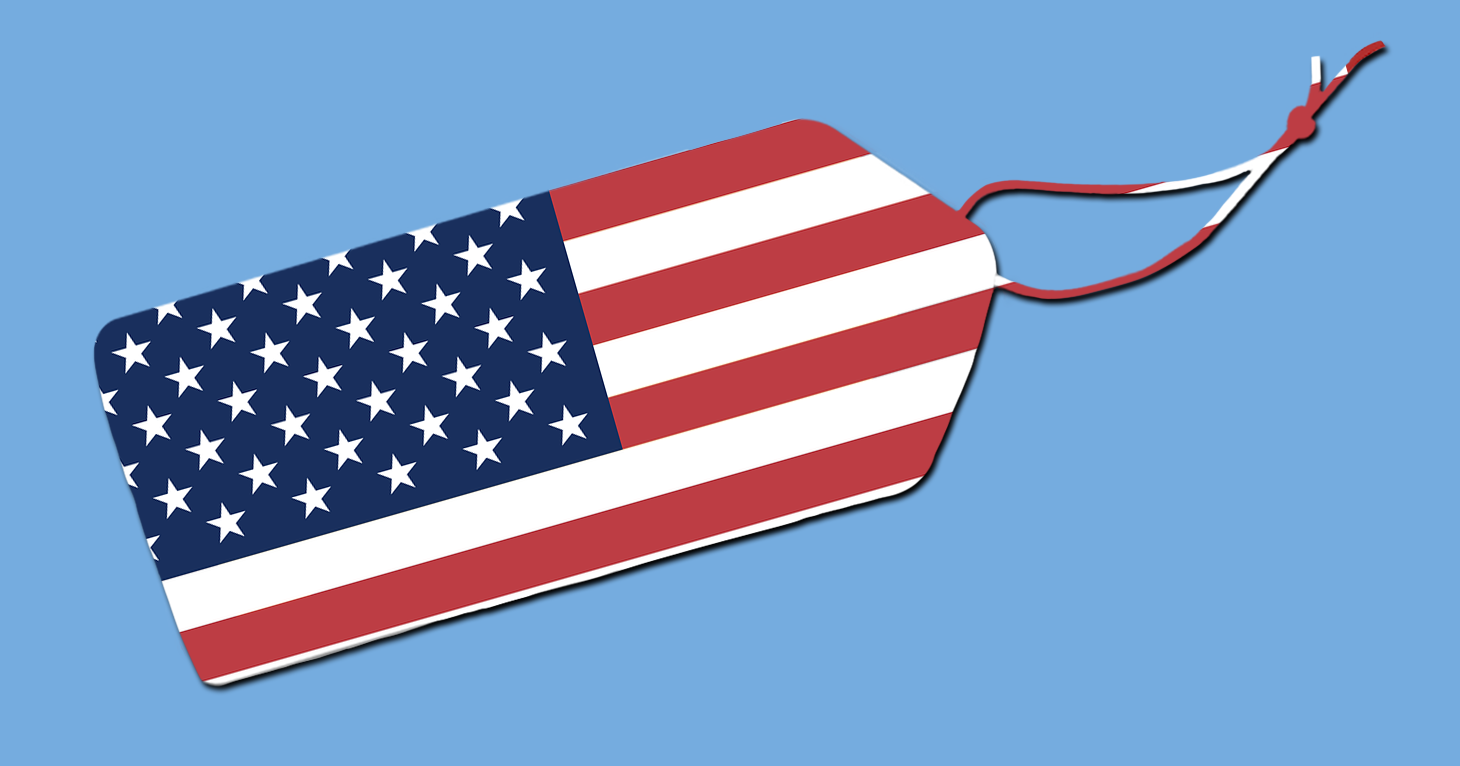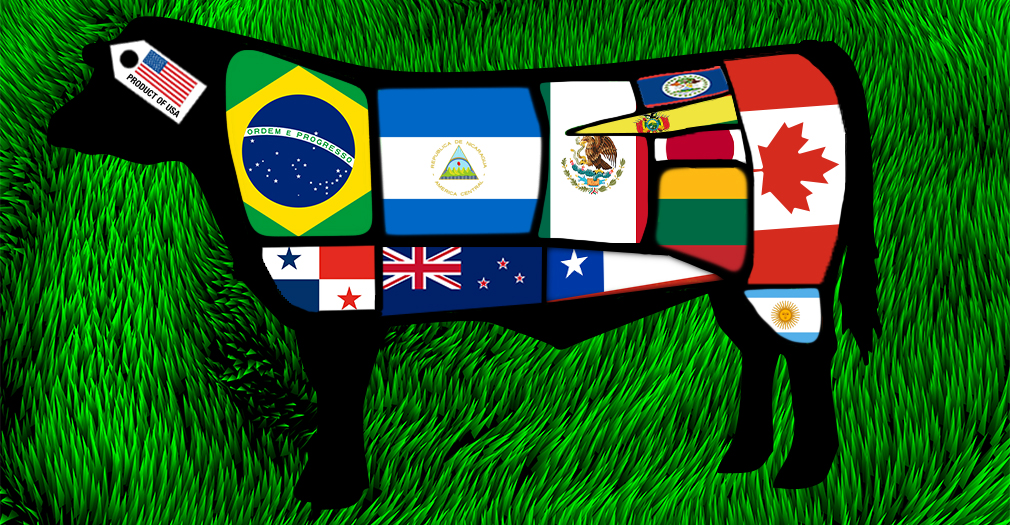
TINA.org Supports FTC’s ‘Click to Cancel’ Rule against Industry Challenge
Companies should not be able to trap consumers into subscriptions that they do not want.
TINA.org supports new rule that will beef up enforcement of #MadeinUSA.
| Michael Springer
UPDATE 7/2/21: In a 3-2 vote, the FTC in July 2021 finalized its Made in USA Labeling Rule. Our original story follows.
Last year, TINA.org petitioned the FTC to craft a rule that would allow the agency to seek penalties for deceptive made in the USA marketing. The FTC listened, and issued a notice of proposed rulemaking. Although the proposed rule doesn’t protect consumers against all forms of deceptive made in the USA marketing, TINA.org expressed its support for the rule in a comment filed today.
The vast majority of American consumers prefer American-made products. Whether out of a sense of patriotism, or out of a belief of the product’s superior quality, many consumers are even willing to pay a premium for American goods. As TINA.org investigations have shown, this dynamic creates an incentive for some businesses to deceptively claim that their products are made in the USA, harming both consumers and American businesses.
The rule proposed by the FTC will offer substantial protection for consumers, whether shopping in-person or online. Previously, the FTC was regulating such forms of deceptive marketing through its general powers to prevent deceptive marketing under Section 5 of the FTC Act. Without a formal rule in place, companies engaging in such deceptive marketing were essentially given a free pass, regardless of the degree to which they misled consumers. The proposed rule “turns the penalty switch on,” and allows the FTC to seek civil penalties of up to $43,280 per violation against first-time offenders. Such civil penalties could be used for customer refunds, meaning more money for consumers who fall victim to deceptive made in the USA marketing campaigns exposed by the FTC.
However, the proposed rule has its limitations. The rule applies only to product labels, such as physical labels attached to product packaging, as well as seals, marks, tags or stamps in mail order marketing (i.e., print or electronic advertising that solicit purchases without the consumer examining the actual product that’s for sale) that indicate the product is made in the United States. It does not apply to “qualified claims” of domestic origin, i.e., “made in the USA with imported parts,” or other forms of marketing, like television commercials, for example.
The scope of the rule is a product of the narrowness of the statute enabling the FTC to pass the rule in the first place. The statute allows the FTC to promulgate rules regulating made in the USA marketing pursuant to the Administrative Procedures Act (but only as they relate to “labels”), as opposed to the more onerous rulemaking procedures contained in the FTC Act. There are only two paths that would permit the FTC to implement a broader rule, applicable to all forms of made in the USA marketing: the FTC could engage in the laborious process of implementing a rule under the FTC Act, or Congress could pass a law allowing the FTC to expand its rule under the Administrative Procedures Act.
Given that the FTC has proposed this rule pursuant to its authority in the enabling act (rather than opting for a broader rule), it appears the most likely path forward for a rule applicable to all made in the USA marketing would be through Congress. A made in the USA law is something both sides of Congress can support, and the law is relatively simple to append to other pieces of legislation being voted on. In fact, the enabling statute the FTC used for the proposed rule was part of a 1994 crime bill. So, call your representatives in Congress and encourage them to put forward a made in the USA law!
Companies should not be able to trap consumers into subscriptions that they do not want.
TINA.org applauds proposed amendments but pushes for more.
TINA.org submits comment regarding the need for a labeling rule that makes sense.


